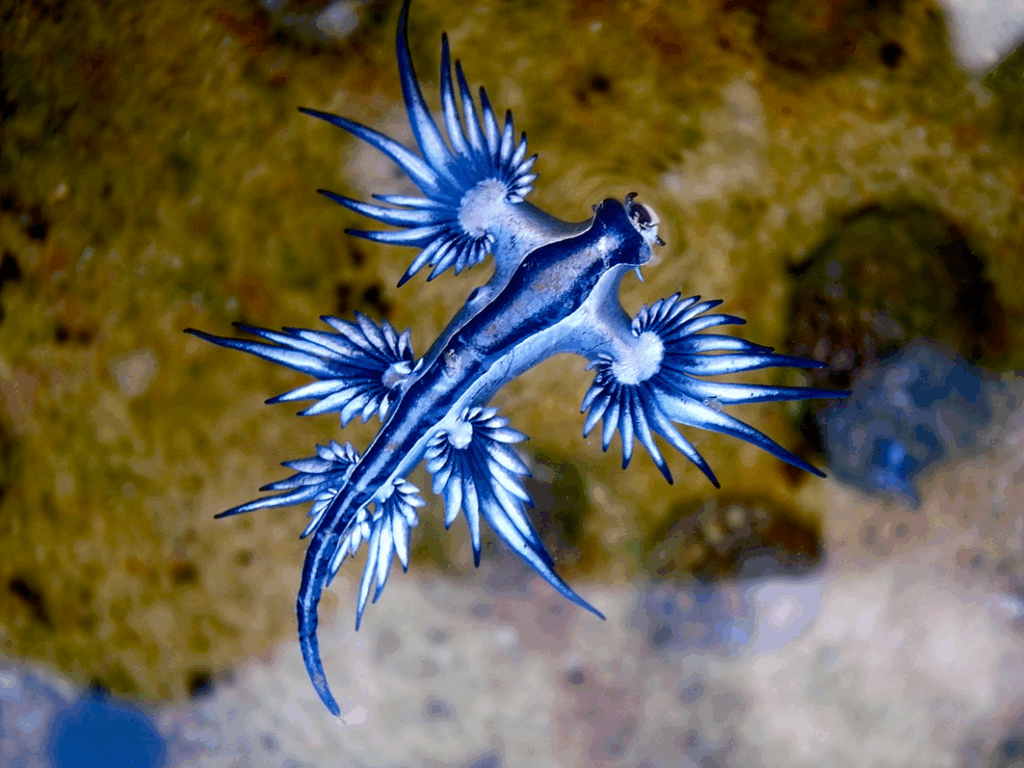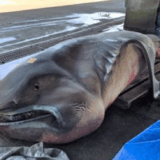No.13: Blue Dragon Sea Slug (Glaucus atlanticus)

Floating in the sunlit waters of temperate oceans, the Blue Dragon Sea Slug looks like a creature from a dream—or a fantasy game. Barely 3 cm long, this tiny nudibranch sports a shimmering palette of silver and cobalt blue as it drifts belly-up on the ocean surface, carried by the wind and currents.

But don’t let its delicate beauty fool you: this sea slug is a deadly opportunist. It preys on venomous siphonophores like the notorious Portuguese Man o’ War, consuming their stinging cells and storing them in its own tissues. The result? A small, jewel-like predator armed with some of the ocean’s most potent toxins. Touching one with bare hands can cause excruciating pain. The Blue Dragon is nature’s paradox—beauty cloaked in danger, a creature where elegance and lethality converge.
No.12: Atretochoana eiselti

At first glance, you might mistake it for an oversized worm—or a snake. But this bizarre animal is actually a giant caecilian, a legless amphibian discovered in the Amazon. Measuring up to 80 cm long, it has no lungs whatsoever, breathing entirely through its skin as it lurks in muddy freshwater habitats.

First identified from preserved specimens in the 1960s, the creature vanished into obscurity until a living specimen was rediscovered in 2011, earning headlines for its strange, phallic appearance. While the nickname “Penis Snake” stuck, it’s officially an amphibian. Equipped with tiny sensory tentacles and almost no eyesight, it hunts using smell, feeding on small fish and invertebrates.
Much about this lungless wonder remains a mystery. As the largest known lungless amphibian on Earth, it represents an evolutionary oddity so extreme, it pushes the boundaries of what life can be.


